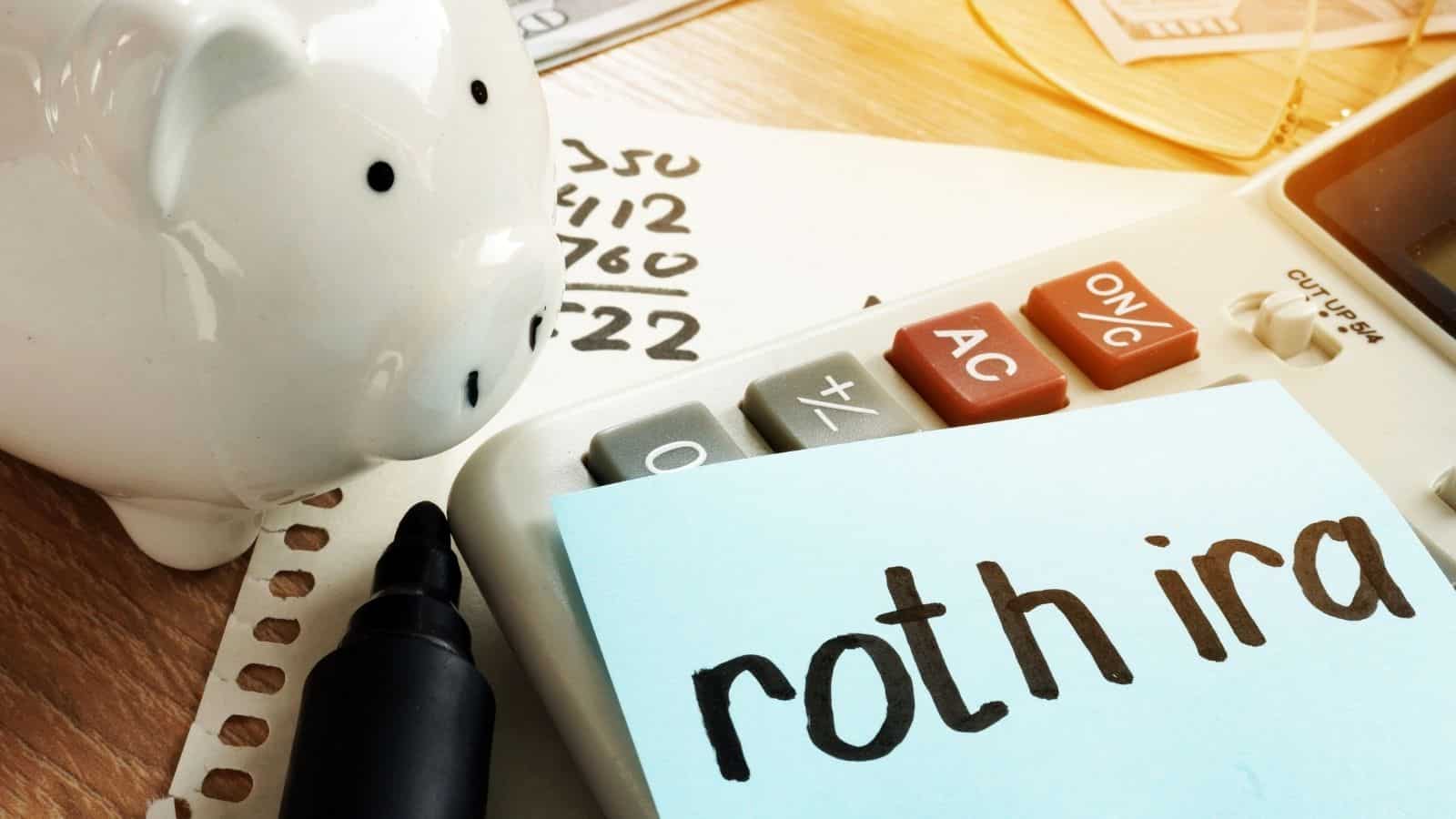By Mike Collopy, CFP®, CIMA®
When it comes to retirement savings, tax implications often drive our decisions. Should you contribute to a traditional IRA, Roth IRA, 401(k), 403(b), or 457 plan? There’s so much information out there that it can be hard to know which option makes the most sense for you. At Veracity Capital, we’ve got you covered.
In this guide, we’ll explore three different Roth strategies and how they can be used to maximize your retirement savings.
Roth Contributions
Roth contributions can be made through individual retirement accounts as well as qualified retirement plans like 401(k)s. They are most commonly used with Roth IRAs. These contributions are funded with after-tax dollars, meaning there are no initial tax benefits. However, the contributions will earn tax-free investment growth and you will not owe income tax when you make withdrawals in retirement.
Because the taxation of Roth contributions are different from traditional contributions, thinking about your current tax rate versus your retirement tax rate can play a role in deciding which option makes more sense for you. For example, if you expect your tax rate to be much higher in retirement than today, it would make much more sense to pay tax now by contributing to a Roth IRA.
Roth contributions are also not subject to minimum distributions at a certain age, meaning your funds can be left to grow for as long as you’d like. Finally, you can use a Roth IRA for qualified college expenses or a down payment on a new home (first-time buyer), without incurring an early distribution penalty.
Indirect Roth Contributions
One downside of Roth IRAs is that there is an income phaseout limit that prevents higher-earning families from utilizing this strategy. If your modified adjusted gross income (MAGI) is more than $144,000 as a single taxpayer, or $214,000 as a married taxpayer filing jointly, then you are ineligible to contribute directly to a Roth IRA. (1)
This is where indirect Roth contributions come in.
In this strategy, you first contribute nondeductible funds (up to $7,000 for individuals over the age of 50) (2) to a traditional IRA, then you convert those funds to a Roth IRA in order to take advantage of tax-free growth. Upon conversion, however, you owe tax on the original contributions as well as any earnings the plan has accrued. This is an up-front cost you must pay in order to gain the Roth IRA advantages of:
- Tax-free growth
- Tax-free withdrawals
- No required minimum distributions (RMDs)
If you convert the funds immediately after making the nondeductible contributions, you will limit any earnings on the account and thus keep your tax liability to a minimum.
Roth Conversions
Roth conversions are similar to indirect Roth contributions in that you first contribute to a traditional IRA or 401(k), then convert the funds to a Roth IRA. You can choose to convert a partial amount or the full balance. Making partial conversions over several years can help to reduce the amount of taxes owed at the time of each conversion. These taxes can be quite hefty depending on the size of your traditional IRA or 401(k) account and your tax bracket, so planning ahead is crucial if you want to minimize your tax liability.
If you find yourself in a lower tax bracket than you normally are, or if your tax bracket in retirement is lower than expected, Roth conversions can be an effective way to turn your pre-tax dollars into tax-free growth.
Is a Roth Strategy Right for You?
There are many factors that go into deciding if a Roth strategy makes sense for you. At Veracity Capital, we’ve got you covered. Through our comprehensive wealth management process we can help you make the best choice for your long-term goals. Schedule a complimentary introductory call by reaching out to me at 678-685-3265 or mike.collopy@veracitycapital.com.
About Michael
Mike Collopy is wealth advisor and partner at Veracity Capital. As a fiduciary who puts his clients’ interests first, always, Mike is known for providing a holistic perspective on his clients’ finances. His comprehensive process first looks at the big picture of each client’s family, health, and wealth, then drills down to provide solutions for their financial needs, concerns, and goals. He’s passionate about the science of financial planning and investing and uses that to help his clients build a strong foundation for their financial life. Mike serves career-driven individuals who need professional advice to manage their wealth and maximize their opportunities, such as corporate benefits and complicated compensation packages. He considers his clients to be like family, and strives to support them and their families as they work hard for their financial future.
Mike has a bachelor’s degree in finance from Coastal Carolina University and an MBA from The College of Saint Rose. He is a CERTIFIED FINANCIAL PLANNER™ practitioner and is a Certified Investment Management Analyst ®. When he’s not working, you can find Mike spending time with his wife and young son, often exploring the great outdoors by hiking or enjoying the beach. He likes to stay active, playing basketball and training for half marathons. Mike gives back to the community by supporting organizations dedicated to finding treatments for cystic fibrosis. To learn more about Mike, connect with him on LinkedIn.
_____________
(1) https://www.investopedia.com/articles/personal-finance/081615/basics-roth-ira-contribution-rules.asp

